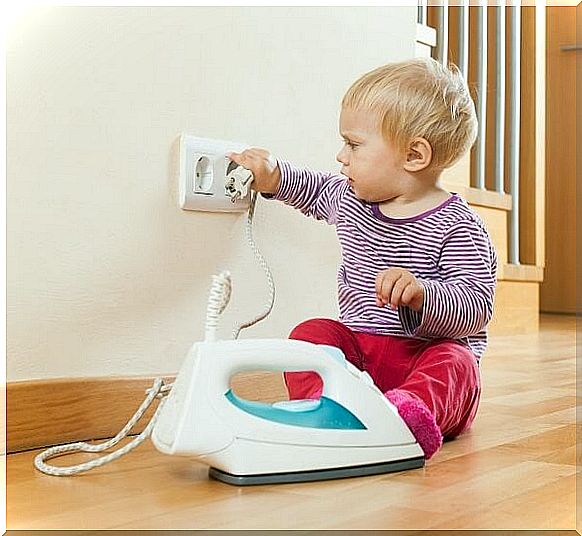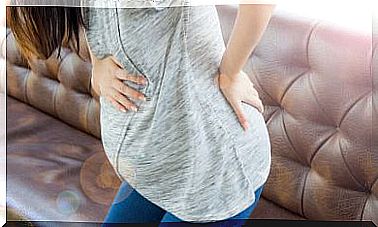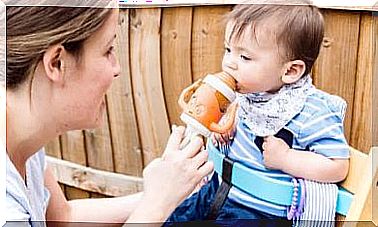What To Do To Heal Burns In Children?
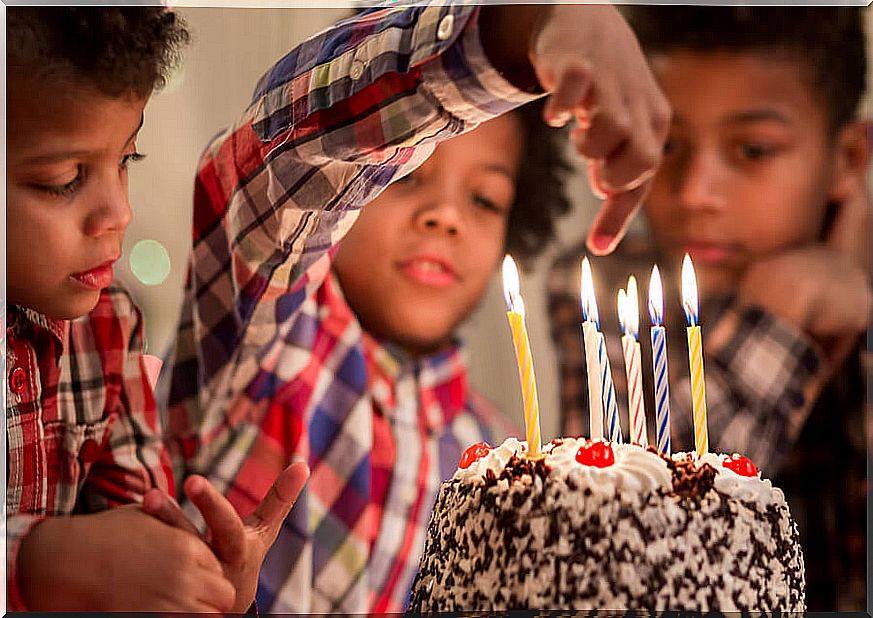
Domestic accidents represent one of the most understandable causes of infant deaths . The consequences of fire incidents pose one of the greatest home hazards for children under 13 years of age. Therefore, parents should know how to heal burns in children.
Beyond taking all possible precautions to avoid any risk in the house, it is important to know what to do to heal burns in children, no matter how serious they may be.
To recognize the degree of the burn, there are precise indicators; one of the determinants is the affected area. A burn on the face is more serious than another on the extremities. Not only because of the fragility of the facial skin, but also because of the presence of the organ that connects with the respiratory tract, the nose, or the eyes.
How to recognize and heal burns in children
Burns are classified into three grades based on severity. This classification responds to the three layers of the skin: epidermis, dermis and hypodermis. In each case, the urgency of medical care and treatment varies.
First degree burns
This is the name given to those that cause superficial wounds and redness in the epidermis. These are minor injuries, although they can cause a lot of burning. To heal burns in children in these cases, the first thing to do is to place the affected area in contact with cold water.
In the application of this rapid treatment, the ideal is that the water runs through the wound without the jet falling directly on the injury. Contrary to what it may seem, water is not always the best option.
Likewise, it is never advisable to apply ice, since the burn can be worse. The function of cold water is only to cool the area a little. As a second step, it will be enough to put a moisturizing cream or a post-sun cream on the wound, in case the burn has been caused by the sun.
These first degree burns heal in about a week. They generally do not leave any kind of trace on the skin.
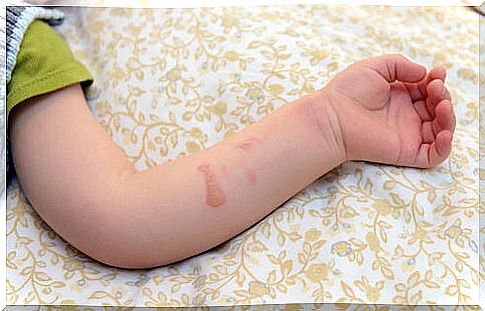
Second degree burns
Second-degree burns penetrate the first layer of skin and also damage the dermis. In most cases, accidents occur from contact with hot liquids.
In turn, second degree burns are subdivided into superficial and deep. In the first category, the dermis is affected in less than 50%; for deep second-degree burns, the dermis is more than 50 percent damaged.
The way to heal burns in children in these cases is, in principle, the same as in first degree burns : cold water is allowed to run over the wound, without the jet of water falling directly on the area. Afterwards, the procedure will be the same as for a simple wound; the area must be disinfected and covered with gauze.
It is essential that the little ones in the house do not touch the blisters ; These rashes help keep the skin from being exposed while the tissues regenerate.
When the wound is superficial, in ten days it can heal without problems. If the second degree burn injury affects more than 50% of the dermis —deep burn—, in addition to a reddish appearance, there will be whitish spots.
In cases of deep wounds, it is urgent to go to medical emergencies. In many cases, a deep wound often even requires a skin graft to restore the area.
Third degree burns
Burns in which all layers of the skin are affected are called third degree burns. In these burns, not only is the nerve fiber damaged, but sometimes the injury reaches the muscles and bone.
The appearance of these lesions on the skin is already dark brown or black, as a result of finding the area directly charred. Nothing can be done at home other than going to the emergency room right away. It will be noted that blisters do not appear either, since the nerve area is completely consumed.

This type of injury occurs from contact with chemicals, hot liquids, or incineration with fire. Also intense electric shocks can cause third degree burns.
In these cases, healing takes up to three weeks, depending on whether or not there are infections in the area. Grafts are practically unavoidable.
In conclusion, only those first degree injuries do not need a visit to the doctor. Although also in these cases it is necessary to analyze the area where the injury occurred, so that a specialist can endorse or improve the treatment used.
